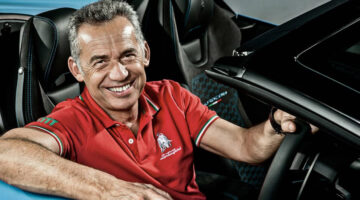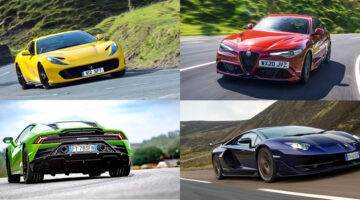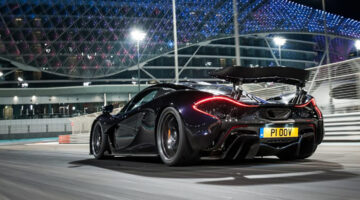You can’t ignore a Lamborghini, and many of Sant’Agata’s creations have hit the right note with evo testers over the years. These are the very best…
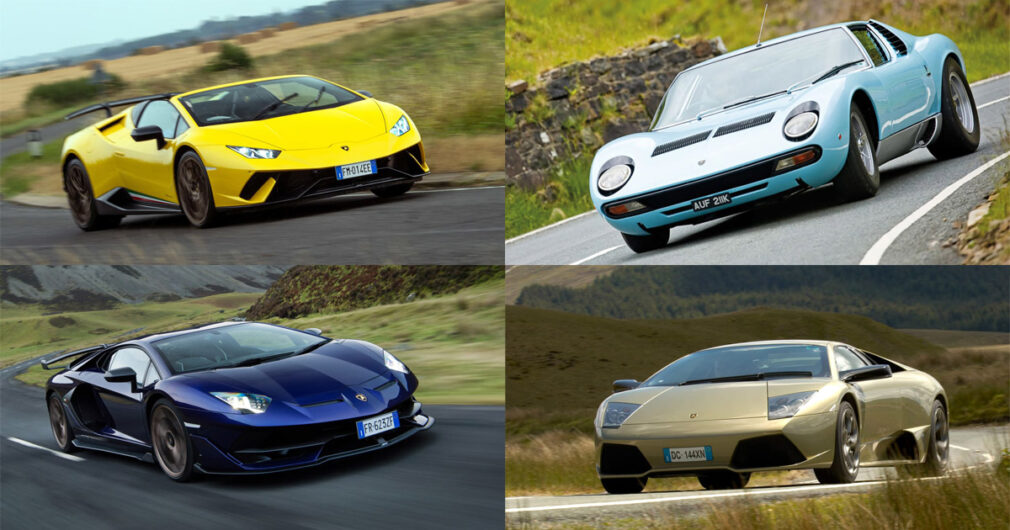
Lamborghini can’t boast the racing heritage of its rivals from Modena, Stuttgart or Woking, but it’s still among the most respected brands on the planet, responsible for some of history’s most beautiful, striking and exciting cars.
Selecting the best from such a strong back-catalogue then is no easy task, particularly when limiting it to just ten models. Inevitably one or two extra-special cars will drop off the list, but the ten vehicles below are quite familiar to evo, and one or two will be recognisable from some of the magazine’s most iconic features.
> New Lamborghini Huracán STO set to rival Porsche 911 GT3 RS
They’re far from being all show and little go, too. Each of the cars below offers an enthralling driving experience beyond the brand’s modern associations with drive-by revvings and YouTube personalities. Some rank among the very best cars of their type. And all are great Lamborghinis.
evo’s 10 best Lamborghinis
Lamborghini Huracan Evo RWD
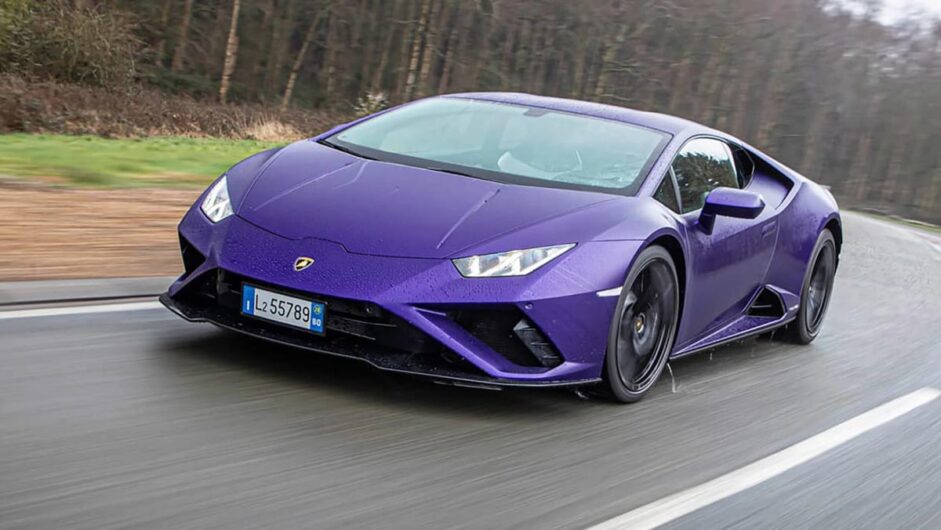
You’d think it unwise halving the number of wheels putting 610bhp to the road. All-wheel drive has several benefits, not least in supercars where ever-greater power outputs need new and more effective ways of being deployed. Yet the Huracan Evo RWD is probably the best iteration of the Huracan yet.
The 5.2-litre V10 is well worth a mention, both for its performance (0-62mph in 3.3 seconds) and for somehow side-stepping European noise regulations, because when the exhaust valves fully open it’s impossible to imagine how Brussels would ever let it see the road. The dual-clutch transmission, handled by beautiful, skeletal paddles, is also well-matched, and, of course, it looks pretty special inside and out too.
But with the front wheels uncorrupted by power, there’s newfound clarity to the steering, the rear tyres have no problem deploying the V10’s power, provided you’re not doing something daft, and if you do begin to provoke it, the linear power delivery and accurate steering are on your side.
Lamborghini Huracan Performante
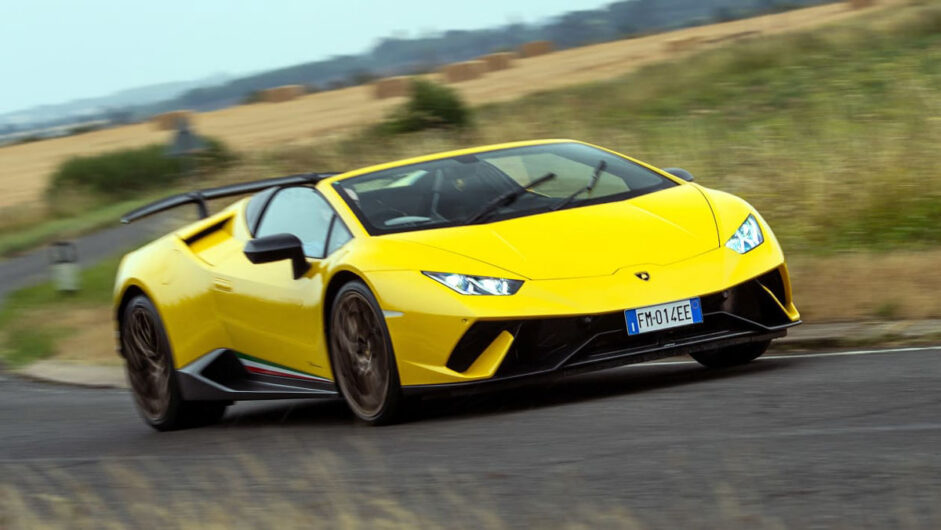
The Performante was top dog in the Huracan range until the model’s gentle facelift (if you can ever describe Lamborghini styling as gentle) in 2019. It really earned that status too, because if one thing thrust it to prominence, it was a mad 6:52 lap of the Nordschleife, which at the time made it (with the usual caveats) the fastest road-legal production car (that wasn’t a Radical SR8).
That record has since fallen, first to a Porsche 992 GT2 RS, then Lamborghini’s own Aventador SVJ, then in 2020 to the AMG GT Black Series. But the Huracan’s a long way short of any of those on power, and it did give us a rather fine video too, watching Italian factory driver Marco Mapelli hustle it around the Green Hell like a lunatic.
It’s an intense road car too, making 631bhp at 8000rpm and hitting 62mph in 2.9 seconds. Inside and out it’s swathed in forged carbon elements, which look a bit like polished granite but are presumably a lot lighter, and while the Evo RWD has since overtaken it for involvement, it’s still one of the best-resolved products in Lamborghini’s modern history.
Lamborghini Aventador SVJ
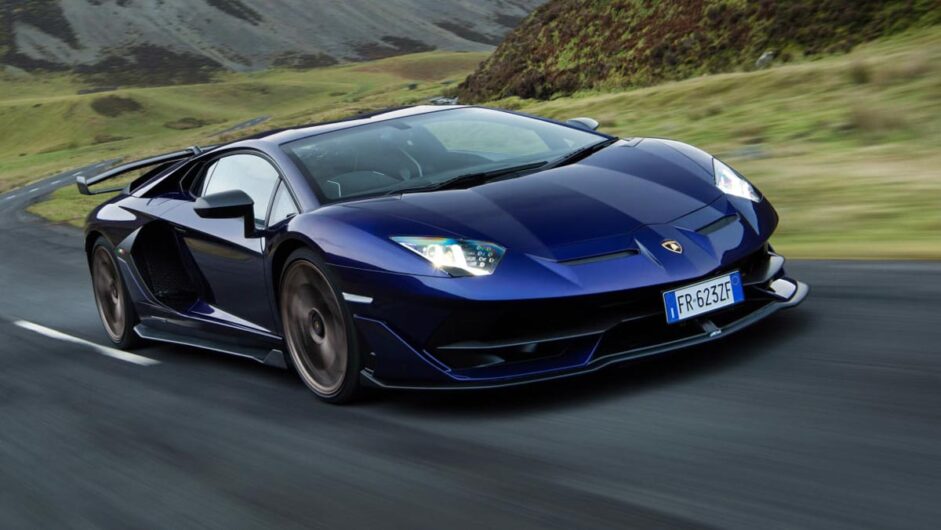
Even if you’re relatively familiar with other supercars, the Aventador SVJ is an intimidating car to drive. On the road, it feels impossibly wide, partly because it really is startlingly broad, but also because you sit so far back, so low down, and observe a sliver of the world through a glasshouse of such poor visibility that even Countach owners would shake their heads.
Then there’s the fact you’re attempting to conduct the machinations of a wildly powerful 760bhp naturally-aspirated V12 through a largely unpleasant automated-manual gearshift from one of the automotive world’s least comfortable seats, while minor controls are scattered around the cabin in a way that makes the smaller Huracan feel as logical as a Golf.
It’s a proper Lamborghini then, and for all its faults and foibles, when you experience the Aventador SVJ in its element, it is wildly exciting, surprisingly capable and thunderously fast. All qualities that helped it top the Nurburgring lap times board until very recently, illustrating both its abilities, and the slightly unhinged nature of Marco Mapelli…
> Lamborghini Essenza SCV12 revealed as 818bhp track-only hypercar
Lamborghini Diablo VT 6.0
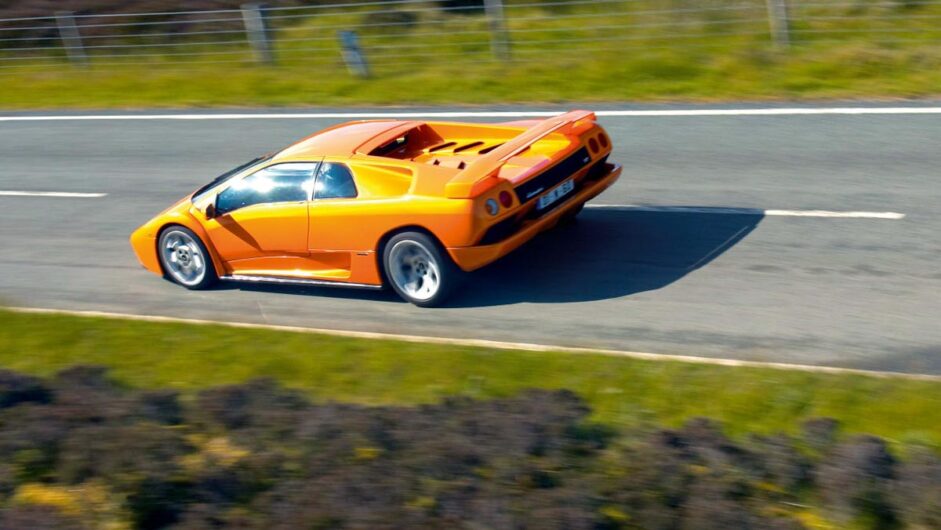
Naming your car Diablo sets the tone somewhat. This isn’t supposed to be a friendly car, and the striking proportions (penned early on by Marcello Gandini, who’d also been responsible for both the Miura and Countach before) made no attempt to hide the presence of yet another enormous V12 behind the passenger compartment.
With the benefit of fuel injection, the 5.7-litre unit was now capable of 485bhp, a figure that quickly climbed over time as Lamborghini introduced the SE30 (like the Countach 25th Anniversary, another celebration of the company’s advancing years) with 523bhp and 595bhp SE30 Jota.
2000’s Diablo VT 6.0 wasn’t quite that potent, its six-litre variant of the V12 making 543bhp, but with a decade of development and a helping hand from new owners Audi, it had been turned into a proto-Murcielago, with quality beyond any previous Lamborghini and plenty of ability.
Lamborghini Gallardo Balboni
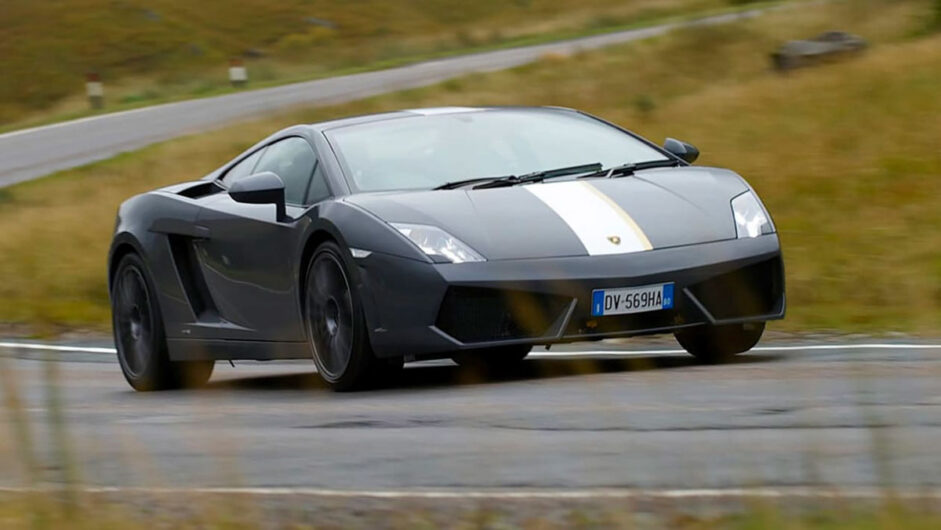
You’ll find the Huracan Evo RWD elsewhere on this list, a car with all the talents of the rest of the Huracan range but a few of its own too, notably improved steering feel and a more fluid chassis. Well, the Gallardo Balboni was to the standard Gallardo range as the Evo RWD is to other Huracans.
If you recognise the name, it’s because Valentino Balboni was for most of Lamborghini’s history the man responsible for their dynamics, as chief test driver. Balboni retired in 2008, and to pay tribute, Lamborghini named a special Gallardo after him.
Special, because it was rear-wheel drive, and while it lacked the option of a manual gearbox, the 30kg weight saving was welcome, as was the improvement in steering quality, just like the Huracan Evo RWD has experienced recently. The car also got a 542bhp development of the 5-litre V10, calibration tweaks to the “E-gear” automated manual transmission, and a more tightly-wound limited-slip differential. Other “LP 550-2” Gallardos followed, but it was Balboni’s car that set the tone.
Lamborghini Miura P400 SV
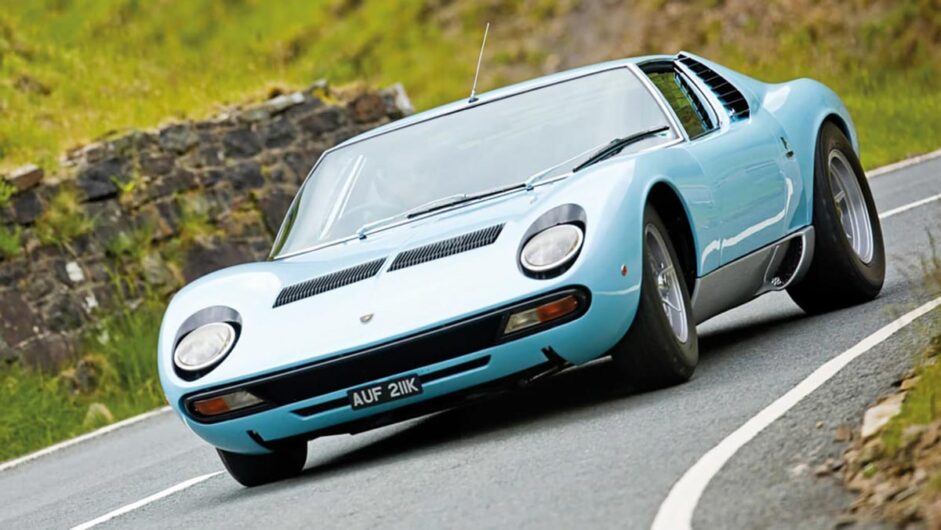
As is often the case with Lamborghinis, which tend to remain on sale long enough to go through a few more development cycles than the average car, the final P400 SV was the Miura at its best – short of the extremely rare Jota and SV/J, at any rate.
The Miura set the template for the modern supercar with a mid-engined, two-seat layout, and while its transverse engine layout didn’t survive into the Countach, Diablo, Murcielago and Aventador that have followed since, the Bizzarrini V12 itself certainly did, only bowing out when the Aventador debuted the firm’s second-generation V12 in 2011. Power climbed from the P400’s 345bhp to 365bhp for the P400S and finally 380bhp for the SV.
It was developments to the chassis and aerodynamics that helped the SV realise the Miura formula though, helping to tame a habit for front-end lift at high speeds. Visually, you’ll discern an SV because it’s had its headlight-surrounding “eyelashes” plucked – less distinctive than earlier Miuras perhaps, but the less fussy styling is arguably even easier on the eye.
Lamborghini Murcielago LP640
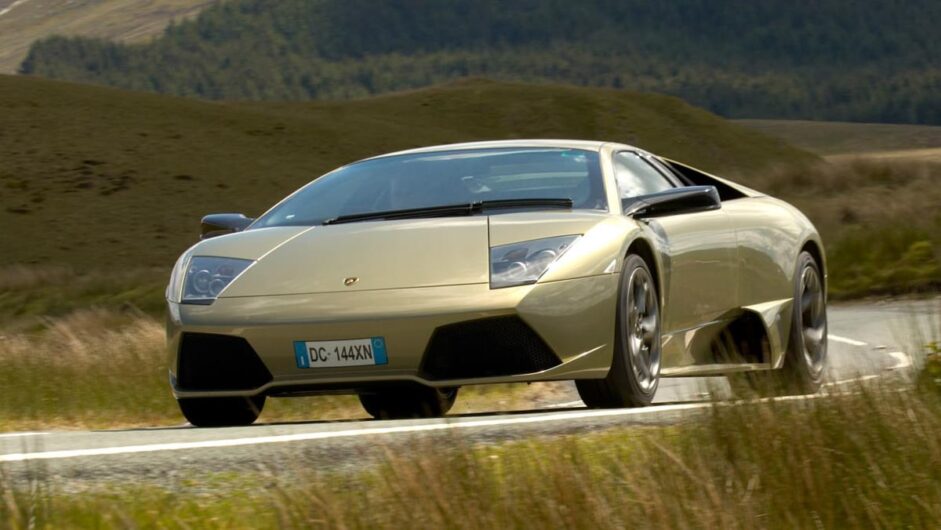
There were worries that Audi ownership would have a negative effect at Lamborghini. It’s difficult to imagine why today, given what we’ve seen from the company since, but then Audi and Lamborghini were both quite different companies in 1998. As it transpired, Audi began making cars that were actually fun to drive, and Lamborghini’s standards of quality shot up without losing any of their character – a match made in heaven.
The Murcielago, launched in 2001, was the first all-new product under Audi ownership (late Diablos benefited from some gentle massaging). It was spectacular to behold and impressive to drive in its own right, but came into its own with 2006’s LP 640. Tighter and more responsive, it’s one of the best driver’s cars Lamborghini has made.
The 6.5-litre V12 positively screams around to 8000rpm and even the single-clutch automated manual ‘box is effective, but it’s the chassis, tightly-damped, poised and composed, it draws a line between old-school attitude and modern ability.
Lamborghini Aventador S
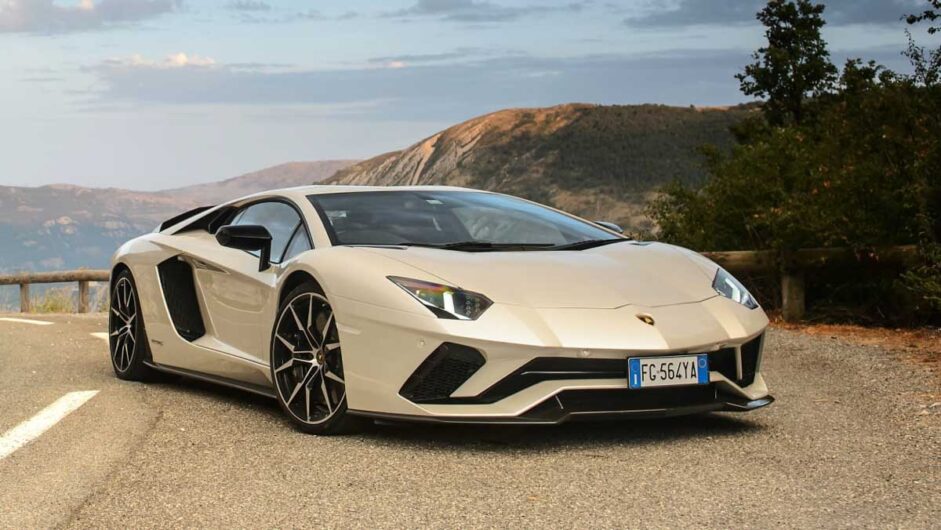
It took a little time for the Aventador to come into its own, and it did so with the Aventador S introduced in 2017. You won’t find the “basic” variant of any other Lamborghini in this list, but that’s effectively what the Aventador S is, yet it’s among the best-driving of the breed.
That 2017 introducing coincided with a few general updates for the model. The styling was refined, and had never looked better, and the S also gained four-wheel steering and an active electronic rear wing to help it cleave the air more cleanly – while giving downforce an impressive 130 per cent bump.
Then there were new dampers and re-engineered suspension, a bespoke Pirelli tyre, and an adjustable driving mode setting slightly cringingly named “Ego”. But no matter, because the result was the most fluid and natural Aventador yet, with genuine steering feel, a more neutral balance, and of course a remarkable engine that even Lambo’s automated-manual gearbox couldn’t spoil.
Lamborghini Countach LP 5000 QV
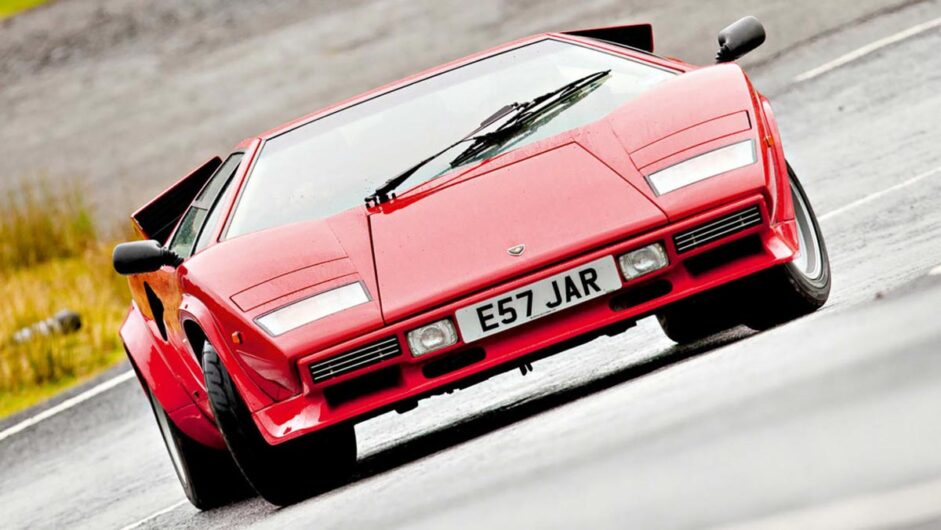
Your definitive Lamborghini largely depends on which era you grew up in, but you’d be forgiven for using the Countach in all its forms as a yardstick by which all other Lamborghinis are measured. At the very least visually, whether Marcello Gandini’s perfect 1970s wedge, the LP 400, or the later, bewinged and much-adorned models, that illustrated a wilder side to Lamborghini’s shapes that have arguably been more influential on the marque’s current output.
There’s little doubt the later cars are better to drive though, and that means either the run-out 25th Anniversary launched in 1988 or, ideally, the LP 5000 Quattrovalvole, or QV. We say ideally because while the two are very similar mechanically, ultimately the 25th Anniversary’s even busier restyling (the work of none other than Horacio Pagani) is just a bit too difficult to love.
The QV gets the important parts anyway – that four-valve head, plus a bored and stroked 5.2-litre variant of the amazing Bizzarrini V12 with 449bhp, and the most developed chassis. Heavy controls make the Countach intimidating at first, but the feedback, howling engine and the reward of learning its ways means the Countach is far more than just a dramatic shape.
Murcielago LP 670-4 SV
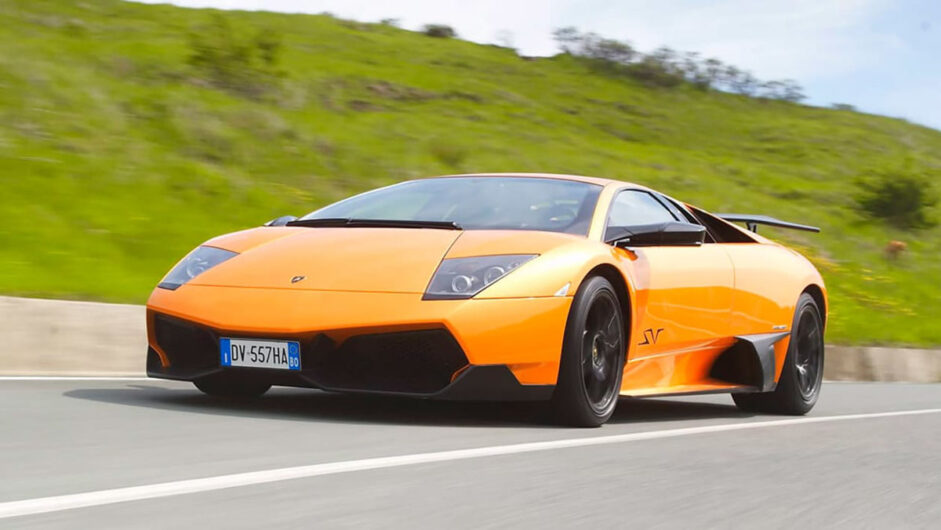
Ferrari might make a car called the 812 Superfast, and that name might carry plenty of historical weight to it, but you sense the name does it a slight disservice, since Lamboghini’s equivalent SuperVeloce, trips off the tongue so easily. And you’d not call the 812 the “SF”, but the letters “SV” have appended many a Lambo and always signify something special.
The Murcielago was already quite a machine in standard specification and as you’ll read elsewhere on this page, a mighty fine performance car in LP 640 form. So the LP 670-4 SV predictably took things to an even greater level, with 661bhp from its 6.5-litre V12 and significant changes elsewhere.
Among these were visual enhancements aimed at both cooling and aerodynamics. Front and rear spoilers improved the car’s high-speed downforce, while larger intakes fed the brakes. Like many subsequent SVs, the 670-4 made good use of carbonfibre components, shedding 100kg, aided too by a lightweight exhaust and carbon-ceramic brakes. One of Lamborghini’s most extreme cars, at its most extreme.
This article originally appeared at evo.co.uk
Copyright © evo UK, Dennis Publishing

